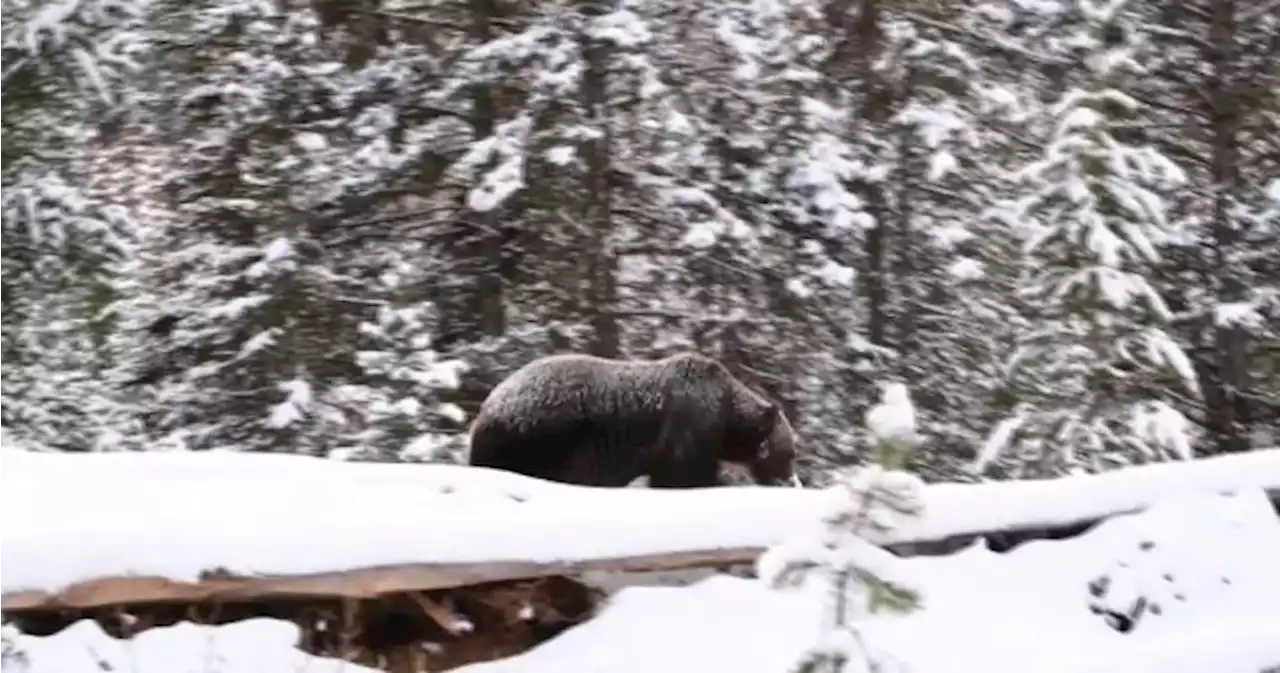(Bloomberg) -- Across swathes of Southeast Asia, maturing palm oil trees, some as tall as a 12-storey building, are turning into a multi-billion dollar headache for local farmers, regional governments and consumers everywhere. Most Read from BloombergSenate Voting on Bill to Avert US Government ShutdownEurope’s Richest Royal Family Builds $300 Billion Finance EmpireWeight-Loss Drugs Estimated to Save Airlines MillionsOnce Unthinkable Bond Yields Are Now the New Normal for MarketsPakistan Rupee S
As oil palms approach their commercial lifespan of a quarter-century, they provide less of the versatile edible oil, used in everything from ice cream to cosmetics and fuel. Some plants become too ungainly to tackle for laborers, who rely on hand-held sickles attached to long poles. New palms, however, take several years to yield fruit in commercial quantities.
Oil World, a market researcher, warned last month of the consequences of an “alarming decline” in average yields due to slow replanting. Annual output growth may fall to 1.8 million tons or less in the 10 years to 2030, from an average of 2.9 million tons in the decade to 2020, the Hamburg-based outfit estimated. The El Nino weather phenomenon won’t help, and in the year ending September 2024, the annual output increase could be the smallest amount in four years.
For governments, it may well add up to a multi-billion financial aid bill. Small farmers underpin the industry, accounting for roughly two-fifths of the planted area in Malaysia and Indonesia, and they form an important voting bloc. Malaysia’s top growers’ group is already seeking tax breaks and grants in the nation’s budget this month in order to accelerate replanting — going well beyond an existing loan scheme.
Indonesia’s smaller farmers, meanwhile, can get 30 million rupiah per hectare for replanting, but the nation’s palm oil association says the actual cost can be as high as 70 million rupiah. Based on the current level of assistance, Jakarta may need to provide at least $5 billion to help with the replanting costs.
The issue is not just financial, but raises structural questions. Environmental pressure on an industry that has often expanded at the expense of virgin jungle and forest has increased dramatically. Even if replanting does not involve fresh clearing, that means quicker — and ecologically devastating — options leaned on in the past, like clearing more land to boost production, are no longer available.
Founded in 1906, United Plantations is a top 10 producer in Malaysia with the highest yields among its peers. Bek-Nielsen says the company replants about 5% of its trees each year to maintain a “healthy age profile.” He says projections that put around 35% of Malaysia’s oil palm at 19 years or above by 2027 are worrisome, pointing out labor costs have climbed by at least 25 to 30%, along with spare parts and fuel.
Canada Latest News, Canada Headlines
Similar News:You can also read news stories similar to this one that we have collected from other news sources.
 Banff encouraging residents to remove fruit trees after dining grizzly bluff charges peopleThe Town of Banff is urging residents to remove their fruit trees after reports a grizzly dining on crab apples in residential yards began bluff charging people.
Banff encouraging residents to remove fruit trees after dining grizzly bluff charges peopleThe Town of Banff is urging residents to remove their fruit trees after reports a grizzly dining on crab apples in residential yards began bluff charging people.
Read more »
 Town of Banff urges residents to remove fruit, trees after The Boss comes to visitOn Sept. 23, a large grizzly was seen eating crab apples that had fallen to the ground in a backyard.
Town of Banff urges residents to remove fruit, trees after The Boss comes to visitOn Sept. 23, a large grizzly was seen eating crab apples that had fallen to the ground in a backyard.
Read more »
 WALK IN THE WOODS: Local youth planting trees for the futureIf you were to ask 10 random people what action they can take to help combat the impacts of climate change, likely half or more would list plant more ...
WALK IN THE WOODS: Local youth planting trees for the futureIf you were to ask 10 random people what action they can take to help combat the impacts of climate change, likely half or more would list plant more ...
Read more »
 WALK IN THE WOODS: Local youth planting trees for the futureIf you were to ask 10 random people what action they can take to help combat the impacts of climate change, likely half or more would list plant more ...
WALK IN THE WOODS: Local youth planting trees for the futureIf you were to ask 10 random people what action they can take to help combat the impacts of climate change, likely half or more would list plant more ...
Read more »
 Prolific grizzly 'The Boss' hazed after feasting on fruit trees in BanffParks Canada staff are trying to scare a prominent male grizzly bear back into the wild after he was repeatedly spotted feasting from fruit trees and \u0022bluff charging\u0022 people in Banff last week.
Prolific grizzly 'The Boss' hazed after feasting on fruit trees in BanffParks Canada staff are trying to scare a prominent male grizzly bear back into the wild after he was repeatedly spotted feasting from fruit trees and \u0022bluff charging\u0022 people in Banff last week.
Read more »
